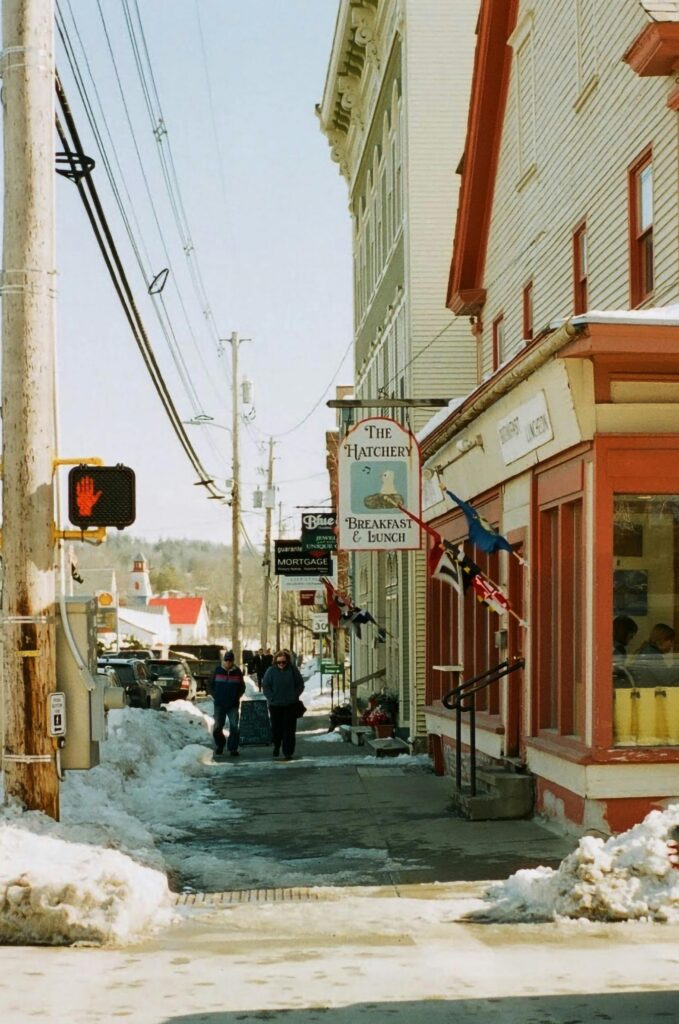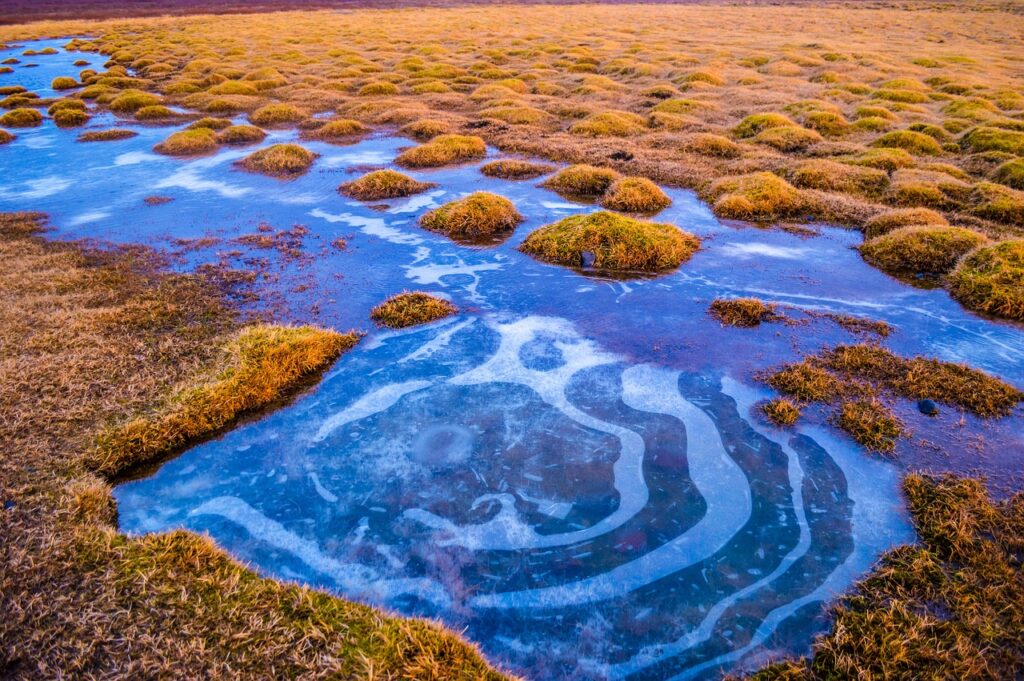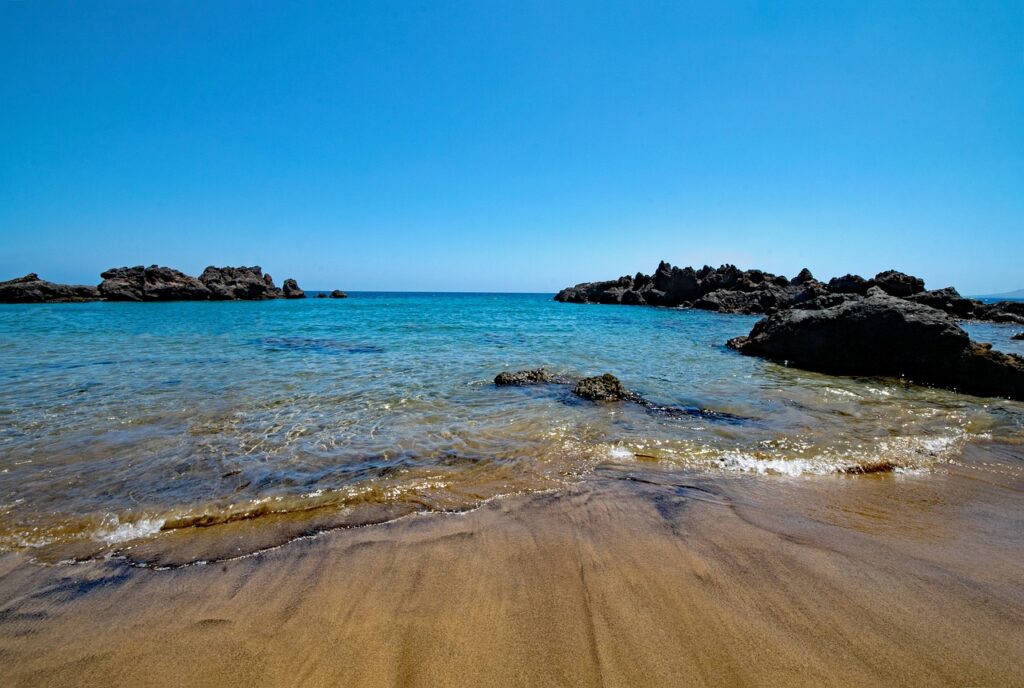Dracula Castle in Romania: A Solo Female Traveler’s Guide
Dracula Castle
Nestled in the heart of Transylvania, Romania, Dracula Castle, also known as Bran Castle, is a must-visit destination for solo female travelers seeking adventure and a touch of mystery. This iconic castle, often associated with the legendary Count Dracula, offers a fascinating blend of history, folklore, and stunning architecture that will captivate any travel enthusiast.

The History of Dracula Castle
Dracula Castle dates back to the 14th century when it was originally built as a fortress to protect the region from invaders. Over the centuries, it has undergone numerous renovations and served various purposes, from a royal residence to a strategic military outpost. Its rich history is intricately tied to the legends that surround it, making it a captivating destination for history buffs and curious travelers alike.
Interesting Facts About Dracula Castle
- Strategic Location: Positioned atop a 200-foot-high rock, the castle offers breathtaking views of the surrounding mountains and valleys.
- Architectural Marvel: The castle’s design features a mix of Gothic, Renaissance, and Baroque elements, reflecting its diverse historical influences.
- Museum Exhibits: Today, Bran Castle functions as a museum, showcasing art and furniture collected by Queen Marie of Romania, alongside displays related to the Dracula legend.
Who Was Vlad the Impaler (Dracula) ?
Early Life and Rise to Power
Vlad III, better known as Vlad the Impaler or Vlad Dracula, was born in 1431 in Sighișoara, a town in present-day Romania. He was the son of Vlad II Dracul, a member of the Order of the Dragon, which was dedicated to defending Christianity in Eastern Europe. The name “Dracula” is derived from his father’s title, meaning “son of the dragon.”
Vlad’s early life was marked by political turmoil and conflict. He spent part of his youth as a political hostage in the Ottoman Empire, which exposed him to the harsh realities of power and warfare. Upon his release, Vlad sought to reclaim his father’s throne in Wallachia, a region in what is now southern Romania. His journey to power was fraught with battles and shifting alliances, but he eventually secured his position as Voivode (Prince) of Wallachia in 1448, and then again from 1456 to 1462, and briefly in 1476.
Read more: Prague Travel Guide: The Solo Female Explorer’s Delight
Brutal Tactics and Reign of Terror
Vlad the Impaler earned his infamous nickname due to his preferred method of execution: impaling his enemies on wooden stakes. This gruesome technique was not only a form of punishment but also a psychological weapon intended to instill fear and deter potential invaders. His reign was characterized by a relentless pursuit of justice, which he administered with a ruthless hand. Vlad’s brutal methods extended to both his enemies and his own subjects, as he sought to consolidate power and maintain order in a region rife with instability.
Defending Wallachia
Despite his ruthless reputation, Vlad is also remembered for his fierce defense of Wallachia against the Ottoman Empire. During his reign, he conducted several successful military campaigns against the Ottomans, using guerrilla tactics and scorched-earth strategies to protect his homeland. His most notable victory came in 1462, during the Night Attack at Târgoviște, where he launched a surprise assault on the Ottoman forces, inflicting heavy casualties and further solidifying his fearsome reputation.
Legacy and Folklore
Vlad the Impaler’s legacy is a complex blend of history and myth. While his reign was marked by brutality, he is also regarded as a national hero in Romania for his staunch defense of Wallachia. The tales of his cruelty spread far and wide, becoming the foundation for numerous legends and stories.
Connection to Dracula
The link between Vlad the Impaler and Bram Stoker’s fictional Dracula is largely a product of the novelist’s imagination and the rich folklore surrounding Vlad’s life. Stoker borrowed Vlad’s name and reputation for his Gothic horror novel “Dracula,” published in 1897. While the historical Vlad and the fictional Count Dracula share some traits, such as a penchant for bloodshed and a connection to Transylvania, they remain distinct figures.
Did Vlad Really Live in Dracula Castle?
Despite the strong association between Vlad the Impaler and Bran Castle, there is no solid evidence to suggest that he ever lived there. Historical records indicate that Vlad was imprisoned in various locations throughout his life, but Bran Castle was not one of them. The connection between Vlad and Bran Castle is primarily a result of Stoker’s novel and the castle’s strategic promotion as a tourist attraction.
Vlad the Impaler’s End
Vlad’s reign came to a violent end in 1476, when he was killed in battle against the Ottomans. His death marked the conclusion of a turbulent and controversial rule, but his legend lived on, immortalized in the annals of history and popular culture.
Recommended: Private tour to Bears Sanctuary and Dracula’s Castle
The Complex Figure
Vlad the Impaler remains a figure of fascination and debate. To some, he is a national hero who defended his land against overwhelming odds; to others, he is a tyrant whose brutality knew no bounds. Regardless of one’s perspective, there is no denying the lasting impact of Vlad the Impaler on Romanian history and global folklore.
As you explore Dracula Castle and the surrounding region, you’ll find traces of Vlad’s legacy woven into the very fabric of the landscape, offering a unique glimpse into the life of one of history’s most enigmatic figures.
How Did Bran Castle Turn into Dracula Castle?
The transformation of Bran Castle into the iconic Dracula Castle is largely due to popular culture and tourism. After the publication of Stoker’s “Dracula,” the castle was promoted as the home of the fictional vampire, drawing curious visitors from around the world. Today, it stands as a symbol of the Dracula legend, attracting countless tourists eager to explore its mysterious halls and learn about its history.
How Does the Castle Look Like?
Exterior Design and Architecture
Bran Castle, famously known as Dracula Castle, is a breathtaking example of medieval architecture. Perched high on a rocky cliff, the castle’s imposing presence dominates the surrounding landscape. The exterior of the castle is characterized by its tall, narrow towers and steep, gabled roofs, giving it a distinctly Gothic appearance. The castle’s design reflects a blend of Gothic, Renaissance, and Baroque architectural elements, showcasing the various influences it has undergone over the centuries.
Key Features of the Exterior:
- Strategic Positioning: The castle’s elevated position on a 200-foot-high rock offers stunning views of the surrounding Carpathian Mountains and the picturesque Bran Gorge.
- Fortified Walls: The thick stone walls and fortifications were originally designed for defense, making the castle appear both formidable and majestic.
- Turrets and Towers: The castle features several turrets and towers, each with pointed roofs and narrow windows, adding to its fairytale-like aesthetic.
- Wooden Balconies: Some sections of the castle are adorned with wooden balconies, providing panoramic views of the enchanting landscape.
Interior Design and Layout
The interior of Dracula Castle is just as captivating as its exterior, with a labyrinthine layout that invites exploration. The castle is comprised of various rooms, corridors, and hidden passages, each with its own unique charm and historical significance.
Key Features of the Interior:
- Grand Hallways: The castle’s grand hallways are adorned with period furnishings, ornate tapestries, and suits of armor, evoking the grandeur of its royal past.
- Stone Staircases: Winding stone staircases connect the different levels of the castle, adding to its mysterious and ancient ambiance.
- Cozy Chambers: The rooms range from opulent chambers to cozy nooks, many of which are furnished with antique pieces and artworks collected by Queen Marie of Romania.
- Secret Passages: The castle is rumored to contain secret passages and hidden doors, which were historically used for escape or defense.
- Fireplaces and Stoves: Many rooms feature large fireplaces and traditional stoves, which were essential for heating during the cold Transylvanian winters.
Notable Rooms and Exhibits
As you wander through the castle, you’ll come across several notable rooms and exhibits that offer a glimpse into its storied past.
- The Queen’s Chamber: This room is dedicated to Queen Marie of Romania, who renovated and redecorated the castle in the early 20th century. It showcases her personal belongings and taste in interior design.
- The Music Room: Featuring a collection of antique musical instruments, this room highlights the cultural interests of the castle’s former residents.
- The Armoury: A fascinating exhibit of medieval weapons and armor, giving visitors insight into the castle’s defensive history.
- The Torture Chamber: A grim reminder of the castle’s darker history, this exhibit displays various instruments of torture used during the medieval period.
Surrounding Grounds and Gardens
The beauty of Dracula Castle extends beyond its walls to the surrounding grounds and gardens. The lush landscape provides a tranquil escape and offers numerous opportunities for exploration.
- Enchanted Garden: The castle’s garden is a serene space filled with vibrant flowers, manicured lawns, and stone pathways. It’s the perfect place for a peaceful stroll.
- The Lake: A small lake near the castle adds to the idyllic setting, reflecting the castle’s image on its calm surface.
- Walking Trails: Several trails around the castle lead to scenic viewpoints, where you can capture breathtaking photos of the castle and its surroundings.
Recommended: Exploring Rome: A Solo Female Traveler’s Guide
Overall Ambiance
The overall ambiance of Dracula Castle is one of mystery and enchantment. The combination of its dramatic location, historical significance, and intricate design creates an atmosphere that is both eerie and captivating. Whether you’re exploring the dimly lit corridors or gazing out from a tower balcony, you’ll feel as though you’ve stepped back in time to a world of knights, royalty, and legends.
Visiting Dracula Castle is not just a journey into the past; it’s an immersive experience that stirs the imagination and evokes the spirit of adventure. For solo female travelers, the castle offers a safe and welcoming environment to delve into the rich tapestry of Romanian history and folklore.
Dracula Castle Tips and Tricks
- Visit Early: To avoid the crowds, aim to arrive early in the morning or late in the afternoon.
- Wear Comfortable Shoes: The castle’s cobblestone paths and steep staircases can be challenging, so comfortable footwear is essential.
- Guided Tours: Consider joining a guided tour to gain deeper insights into the castle’s history and legends. You can join Dracula’s Castle, Peles Castle and old town Brasov from Bucharest from this link.
- Explore the Grounds: Don’t miss the surrounding gardens and trails, which offer beautiful views and photo opportunities.
- Stay Nearby: There are several charming accommodations in the nearby town of Bran, making it convenient to explore the area at your own pace.
Whether you’re a history enthusiast, a fan of Gothic architecture, or simply drawn to the allure of the Dracula legend, Bran Castle promises an unforgettable experience. As a solo female traveler, you’ll find it to be a safe and welcoming destination, perfect for immersing yourself in the rich tapestry of Romanian history and folklore.
Sign up for the best travel tips and adventures!



